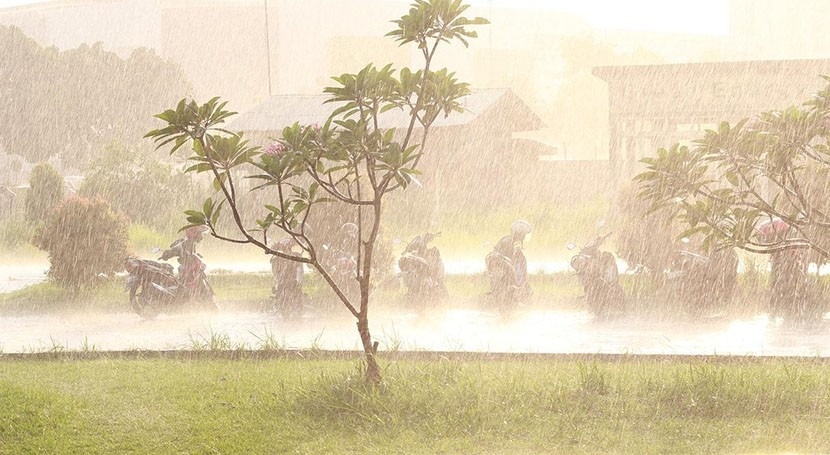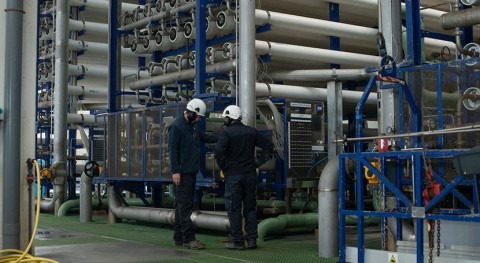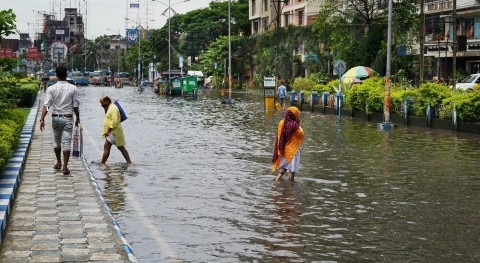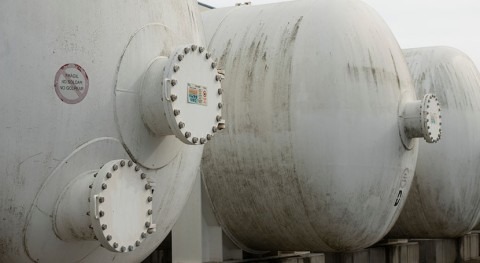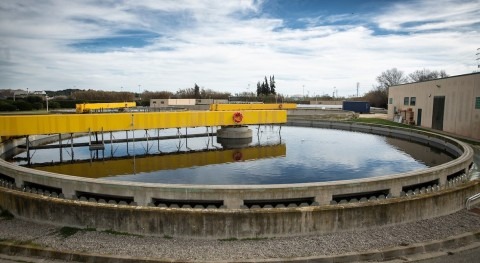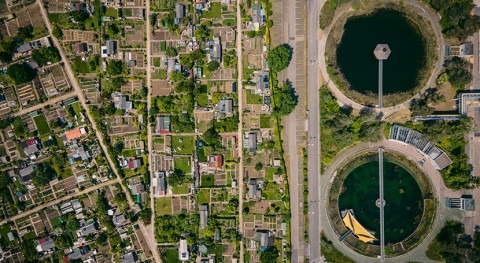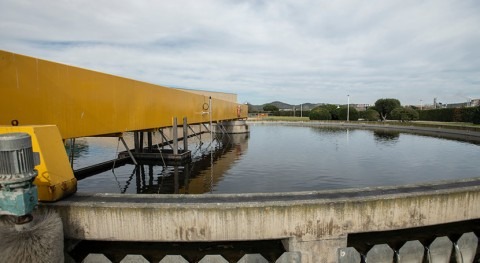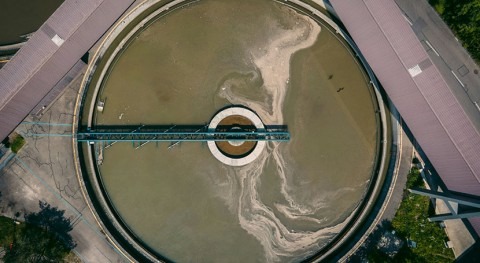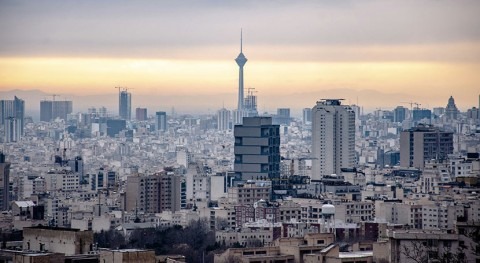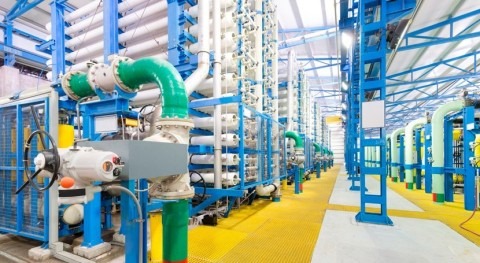China is experiencing a severe drought and turning to technology for help with water shortages, informs Wired.com.
The authorities are using cloud-seeding technology to induce rainfall in the hopes of alleviating dry conditions in the provinces of Hubei and Sichuan. Using rockets from land or large drones, silver iodide is released into the clouds to help form ice crystals, which should then grow and fall as precipitation.
Extreme weather and droughts are leading to increased interest in cloud seeding to modify the weather in more countries, though it may not be as promising as people may wish. Certain forms of cloud seeding may increase precipitation by up to 20%, but with the right kind of clouds – wintertime clouds in mountain areas. Also, it is difficult to tell if rain is triggered by seeding efforts or if it would have fallen naturally anyway. And, of course, you need clouds, which may not form during extreme heat events because there is less water on the ground to evaporate.
Also in an effort to combat dry conditions, China is undertaking a huge engineering project to transport water from the south to the north of the country, the South-to-North Water Diversion Project, with an estimated cost that amounts to $62 billion. It includes a tunnel that will send water from the Three Gorges Dam to Beijing: the Yinjiangbuhan tunnel, expected to take 10 years to build at an estimated cost of $8.9 billion.
The current drought has affected hydropower production as well as agricultural production. The impact on crops is a huge concern. Efforts to address this impact include China’s recent approval of drought tolerant soybean seeds by Bioceres, and Chinese scientists leading the development of genetically modified crops for drought resistance.
But the country’s water scarcity problems are difficult to address. The trend towards drier conditions in the future, driven by climate change, threatens its ambitions as a superpower. As crops and power generation compete for water, the authorities face a difficult trade-off between food self-sufficiency and the manufacturing sector. China has limited groundwater resources, and desalination could be an option in industrial coastal areas where high water demand would make it viable from an economic standpoint.
But the impacts of a water crisis in China could reach far and wide. Some analysts predict the effects on the country’s grain and electricity production could have catastrophic effects globally, leading to shortages in food and industrial materials on a larger scale than those caused by the pandemic and the war in Ukraine. On the other hand, like other countries, China is prioritising energy security in the short term over decarbonization, increasing coal production. It remains to be seen to what extent it will translate into increased coal use by the world’s largest greenhouse gas emitter.


